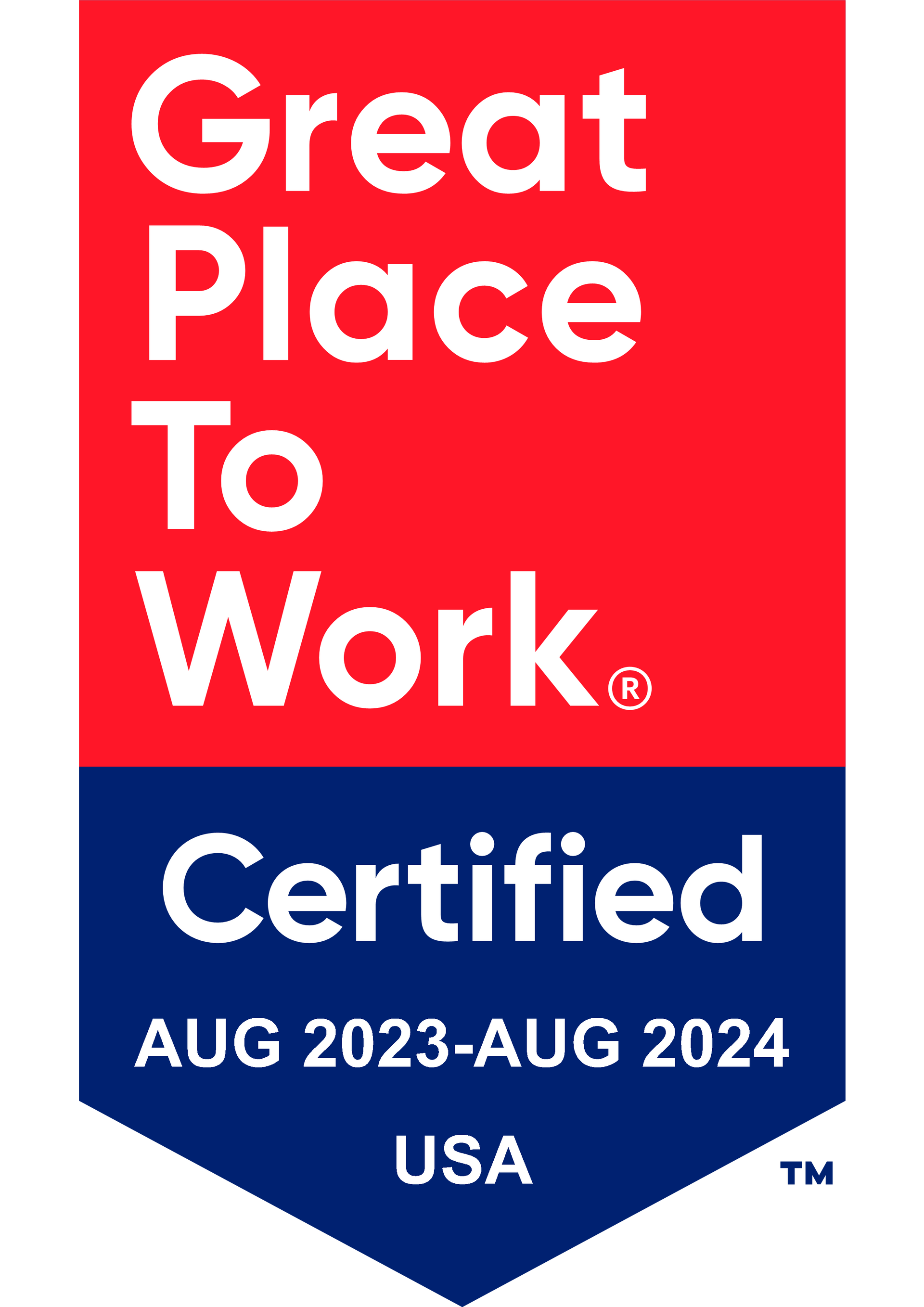Get in touch
408-366-8880
mymail@mailservice.com

How Level-Funded Plans Save Costs on Your Benefits Program
After discussing the fully insured model for health benefits in our first blog post of the series, you might want to learn more about some of the alternatives we discussed there, including level-funded insurance plans.
Is a level-funded plan right for your small-to-medium-sized business? Business leaders across all industries and sectors continually ask themselves the same question, wondering how to best serve their employees while cutting costs.
So, what is a level-funded plan? Let’s continue our series by taking a closer look at level-funded plans and what they can do for your organization and employees.
A level-funded plan, sometimes simply referred to by its acronym LFP, is a healthcare solution that lies somewhere between an employer’s fully insured model and a self-funded plan provided by the insurance carrier. A level-funded plan combines the cost savings and ability to customize your insurance plan commonly associated with self-funded plans and the financial stability of fully funded models.
Like the self-funded model, the LFP requires the employer to pay for all claims out of its own earmarked funds. The client business agrees not to rely on the insurance company to assume risk or to administer the plan on its behalf. Since the employer pays a steady fee each month, an LFP is considered self-insurance. However, since it is a hybridized plan, including traditional small group facets of fully insured plans, employers still engage in contracts with insurance companies, despite taking on more of the associated financial risks.
Frequently looked upon as an innovative financial structure inside a health insurance policy, an LFP allows businesses to collect premiums to fund all expected claims while also having stop-loss insurance in place for unexpected claims and claims overages. This aspect of a level-funded plan makes it appealing to protect companies from the devastation in the event of a catastrophic claim or a series of health claims that could otherwise financially drain and destroy the company. With this particular safety net, the fully insured aspects of the level-funded plan are clear.
HOW DOES LFP WORK?
When employers decide to use the LFP model, they face regular, predictable healthcare plan costs but only pay for their employees’ healthcare costs. The employer pays what is called a “level” or fixed amount of money each month. They make the payments to a third-party health services business, which is most often an insurance carrier. The fees paid by the employer cover both the anticipated employee insurance claim costs and any administration costs.
At the end of each year, the third-party health services company conducts an audit and, if the employer’s total payments exceed the actual claim costs, the company will refund the surplus to the client business. Alternately, if employee claims exceed what the employer has paid into the plan, stop-loss insurance kicks in to cover the difference.
WHAT ARE THE BENEFITS OF A LEVEL-FUNDED INSURANCE PLAN?
As always, some plans work better for some companies than others. However, LFP insurance offers several benefits that you and your employees might appreciate. Let’s take a look at the best benefits of signing up for level-funded insurance.
SAVINGS FOR YOUR BUSINESS
LFPs offer you the best of both worlds, between a fully insured model and a self-funded plan when it comes to cost savings in the form of lower premiums. In a fully insured plan, you remove a great deal of risk. However, that risk reduction comes at a high financial cost to your business. With a self-insured plan, you would take on more risk while enjoying greater financial savings.
With a level-funded plan, you can enjoy partial self-funding while also stemming the potential damage associated with catastrophic and overage claims, thanks to stop-loss coverage. Both you and your employee can enjoy much-needed savings.
PREDICTABLE EXPENSES
In addition to spending less on your insurance needs, you can also spread your LFP insurance payments over 12 months. With this capability, you can better and more easily manage your business’s cash flow.
STOP-LOSS COVERAGE
As noted earlier, this built-in insurance coverage serves as a “stop-gap,” also known as reinsurance, which protects your business from unanticipated high-cost expenses that extend beyond your insurance claims fund. Think of it as an insurance plan within an insurance plan but one that offers you far more freedom with your core insurance plan.
GAIN ACCESS TO YOUR VITAL DATA
In a fully-funded insurance plan, the carrier owns everything, including the plan’s data. In a level-funded plan insurance model, you own the plan and all the data within the plan, allowing much greater transparency into costs and claims.
Owning and using your insurance data is an essential tool in understanding how your employees use insurance. You can review data and see reports that reveal all the ways your employees use your LFP plan, as far as the types of claims made and how much those claims cost.
If you’re concerned that reviewing seems like monitoring your employees or is some type of invasion of privacy, remember that you own the plan and are paying the claims. The better you understand all that is going on, the more proactively you can inform employees about alternative care options.
For instance, if you see that an employee regularly calls an ambulance or goes to the ER for issues, you might remind them that an urgent care facility could treat the same issue at a fraction of the cost. Studies have shown that patients move far more quickly through an urgent care unit than through an ER, and the cost is far less as well.
Cases in ERS are generally and intended to focus on traumatic, life-threatening injuries and conditions while urgent care facilities focus on smaller-scale daily injuries like minor burns and cuts that require stitches.
As you can see, your data offers you a prism into where your fees are going and allows you to open a dialog with employees to help everyone continue enjoying the savings of your level-funded plan.
ENJOY LOWER TAX PAYMENTS
A popular benefit of LFPs is the exemption from state taxes on insurance premiums. This benefit can save you as much as 3% on your plan’s premium. Even better, LFPs are exempt from the Affordable Care Act (ACA) health insurance tax (HIT) on premiums.
END-OF-YEAR REFUNDS
Since LFPs are use-based insurance programs, you can enjoy refunds at the end of the year. If you have a healthy and conscientious employee roster, you could drastically reduce your insurance costs. By exploring your data and encouraging better health, physically and financially through informative wellness programs and work-life balance initiatives, everyone can enjoy the savings and feel better doing.
ARE THERE ANY DISADVANTAGES TO INVESTING IN LFP INSURANCE?
Like any type of insurance plan, there are some disadvantages and drawbacks to level-funded plans. Even if you feel enthused over the benefits of LFPs, it’s important to take a look at some negatives, including the following.
IT’S COMPLICATED
While most insurance plans feature some degree of complexity, LFPs have their share and then some. Factors you need to consider before choosing this plan include the size of your business, the number of employees, and the U.S. state in which your business is located. These considerations dictate what you will pay and other associated terms for your LFP. Without understanding these terms, you might end up paying far more than you should with this type of plan or miss out on choosing an affordable alternative if your business is not eligible for some reason.
TERMINATION PROVISIONS ARE SOMETIMES TRICKY
Make sure you understand the termination provisions associated with your LFP contract. Some contracts require up-front funding if you decide you want out of your contract because it isn’t right for your business and employees, while other contracts include coverage for run-out claims.
IS A LEVEL-FUNDED PLAN RIGHT FOR YOUR BUSINESS AND EMPLOYEES?
Now that you’ve learned some basics regarding LFP insurance, you’re probably wondering if all the benefits outweigh the drawbacks to make it the right plan for your business and employees.
Offering your valued employees comprehensive yet affordable health insurance—no matter how many or few employees you have—is a huge job. It’s also worth it to keep talented people with your company for years to come.
A level-funded plan offers multiple benefits, but ultimately, it’s up to you and your team to determine how useful and affordable it will be in the short term and long term. Consider factors such as your budget, current health insurance costs, and your employees’ health and health attitudes. Finally, open up a conversation with your employees to learn what they want in a health insurance plan, then compare it to LFP coverage to see how closely the two align.
If you decide level-funded plan insurance isn’t for your company, or you’re still thinking about it, stay tuned to our continuing KBI blog series focused on health cost optimization to get more ideas on switching up your insurance plan.
To learn more about how we can help you with level funding or anything else, submit your information via our online contact form or call us at 408.366.8880. We look forward to assisting you!
Additional Resources:
Services
Latest Thinking




